After years of study, scientists have discovered a new blood type in a woman from Guadeloupe. They’re now searching for more people with the characteristic.
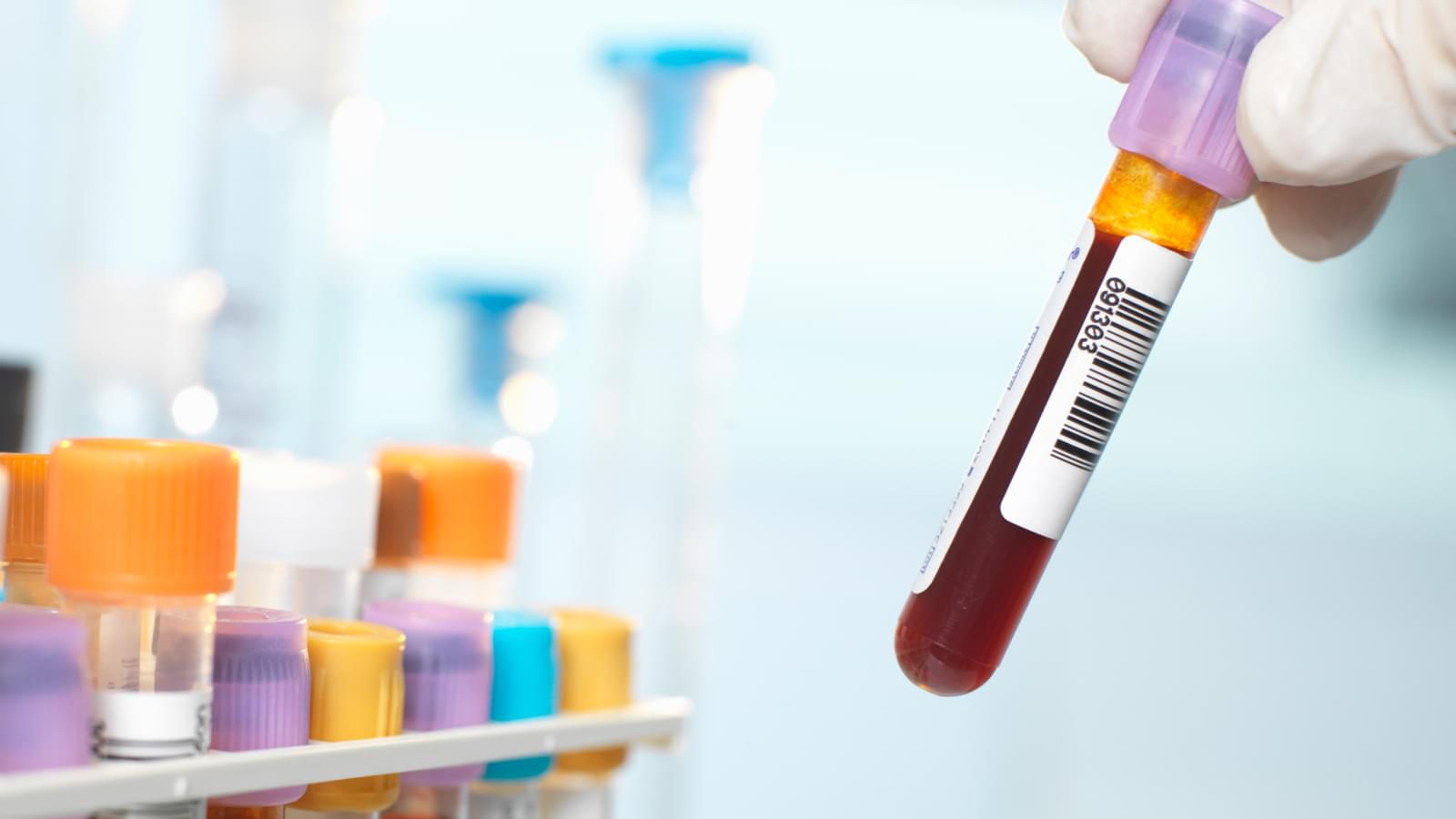

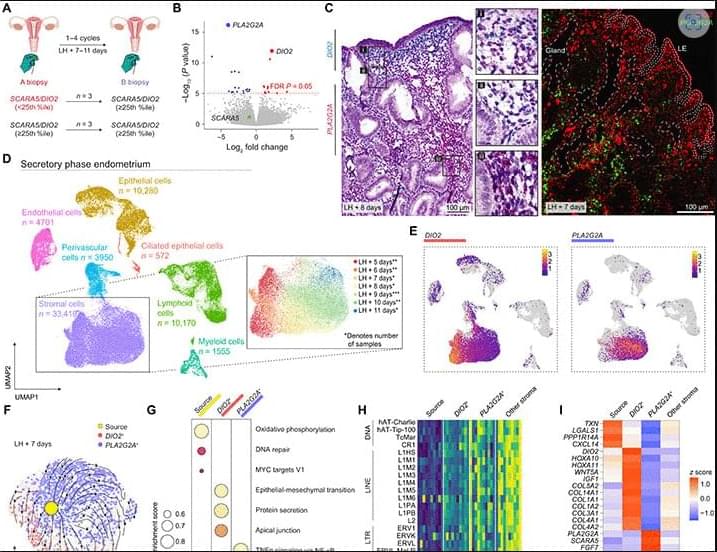
Miscarriage denotes the loss of a pregnancy before viability (1). Approximately one in three embryos perishes following implantation in healthy women, although often before routine detection of pregnancy (2, 3). This attrition rate reflects the high prevalence of chromosomal errors in preimplantation human embryos (4) and the physiological role of the endometrium in selecting against low-fitness embryos (2, 3, 5, 6). The pooled miscarriage risk in all clinically recognized pregnancies is an estimated 15% (1), with most losses (~90%) occurring before the onset of uteroplacental perfusion at the end of the first trimester (7). Epidemiological studies consistently highlight that two factors, maternal age and the number of preceding pregnancy losses, disproportionally affect miscarriage rates (7–9). The age-dependent risk reflects the increase in aneuploid pregnancies in women aged 35 years and older, mirroring the incidence of meiotic chromosome errors in oocytes and embryos (10, 11). Each prior pregnancy loss further compounds the risk stepwise by 5 to 10% (7–9), but the underlying mechanism is unknown. A plausible but untested hypothesis is that the recurrence risk of miscarriage reflects the frequency of menstrual cycles culminating in an endometrial environment permissive of embryo implantation but inadequately prepared for decidual transformation (3), that is, the formation of a robust immunotolerant matrix that anchors and supports the semiallogenic placenta throughout pregnancy (2, 5).
Each menstrual cycle starts with the shedding of the superficial endometrial layer, bleeding, and reepithelization of the basal layer. Following menstruation, estradiol-dependent regeneration of the superficial layer, on average, quadruples the thickness and volume of the uterine mucosa before ovulation (12). Local morphogen and cytokine gradients regulate epithelial and stromal cell proliferation, resulting in tissue stratification and positional cell specification. After ovulation, progesterone acting on this spatial template triggers a decidual reaction, an endogenous inflammatory tissue response that heralds the start of the 4-day midluteal implantation window (2, 13). Histologically, the implantation window coincides with the onset of glandular secretion, marked oedema, and proliferative expansion and differentiation of uterine natural killer (uNK) cells (14, 15).
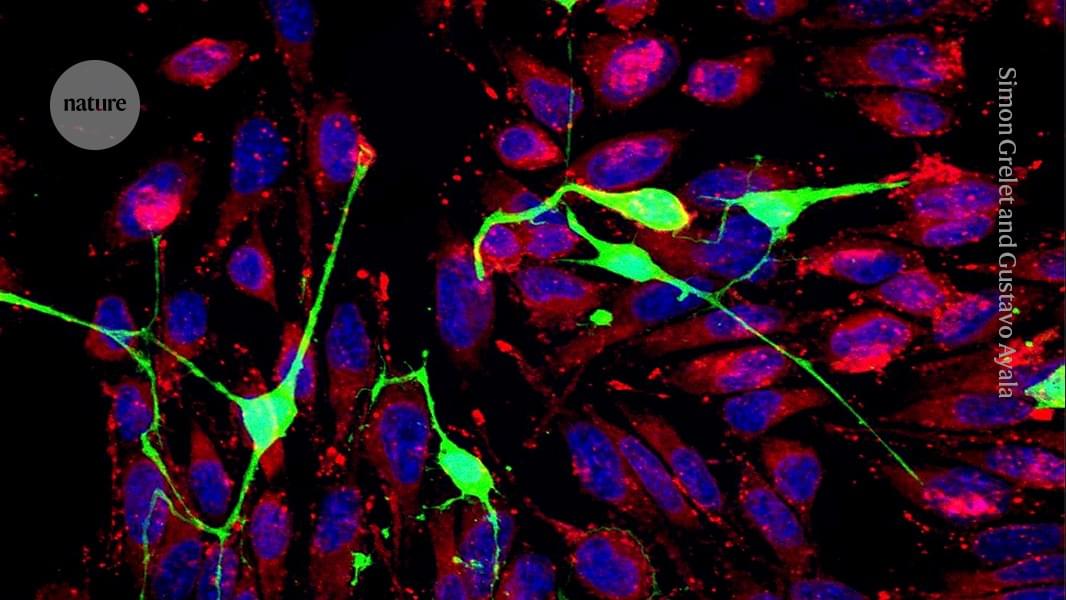
Cancer cells turbocharge themselves by stealing the energy-producing units from neurons in tumours, scientists report today in Nature 1. This act of thievery seems to give cancer cells a boost to help them survive when they metastasize, or spread to distant organs.
The findings show that cancer cells siphon off neurons’ mitochondria — organelles that generate most of a cell’s energy — through ultrathin tubes that grow between the two types of cell. The purloined mitochondria increase cancer cells’ ability to withstand the stress of shooting through blood vessels during metastasis.
“Now we have a new culprit for metastasis, which means we have a new target to block metastasis,” says study co-author Simon Grelet, a cancer neurobiologist at the University of South Alabama in Mobile. “And metastasis is what make cancers so deadly.”
The theft probably helps the cells to spread around the body, and preventing it could provide a path to treatment, researchers say.
To manufacture the human pancreatic islets, the research team had to fine-tune the settings of the 3D printer.
Join us on Patreon! https://www.patreon.com/MichaelLustgartenPhD
Discount Links/Affiliates:
Blood testing (where I get the majority of my labs): https://www.ultalabtests.com/partners/michaellustgarten.
At-Home Metabolomics: https://www.iollo.com?ref=michael-lustgarten.
Use Code: CONQUERAGING At Checkout.
Clearly Filtered Water Filter: https://get.aspr.app/SHoPY
Epigenetic, Telomere Testing: https://trudiagnostic.com/?irclickid=U-s3Ii2r7xyIU-LSYLyQdQ6…M0&irgwc=1
Use Code: CONQUERAGING
NAD+ Quantification: https://www.jinfiniti.com/intracellular-nad-test/

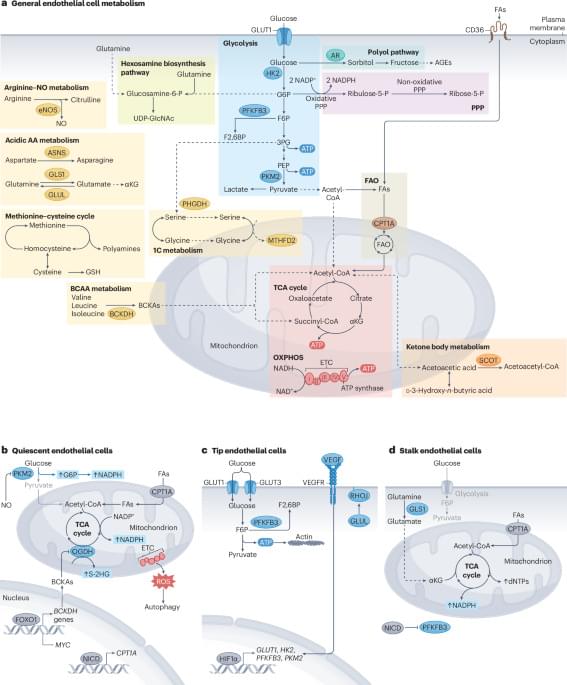
In this Review, the authors describe the metabolic programmes that control endothelial cell function in the cardiovascular system, discuss the role of endothelial cell metabolism in different cardiovascular diseases, and highlight the therapeutic potential and challenges of targeting endothelial cell metabolism to treat cardiovascular diseases.
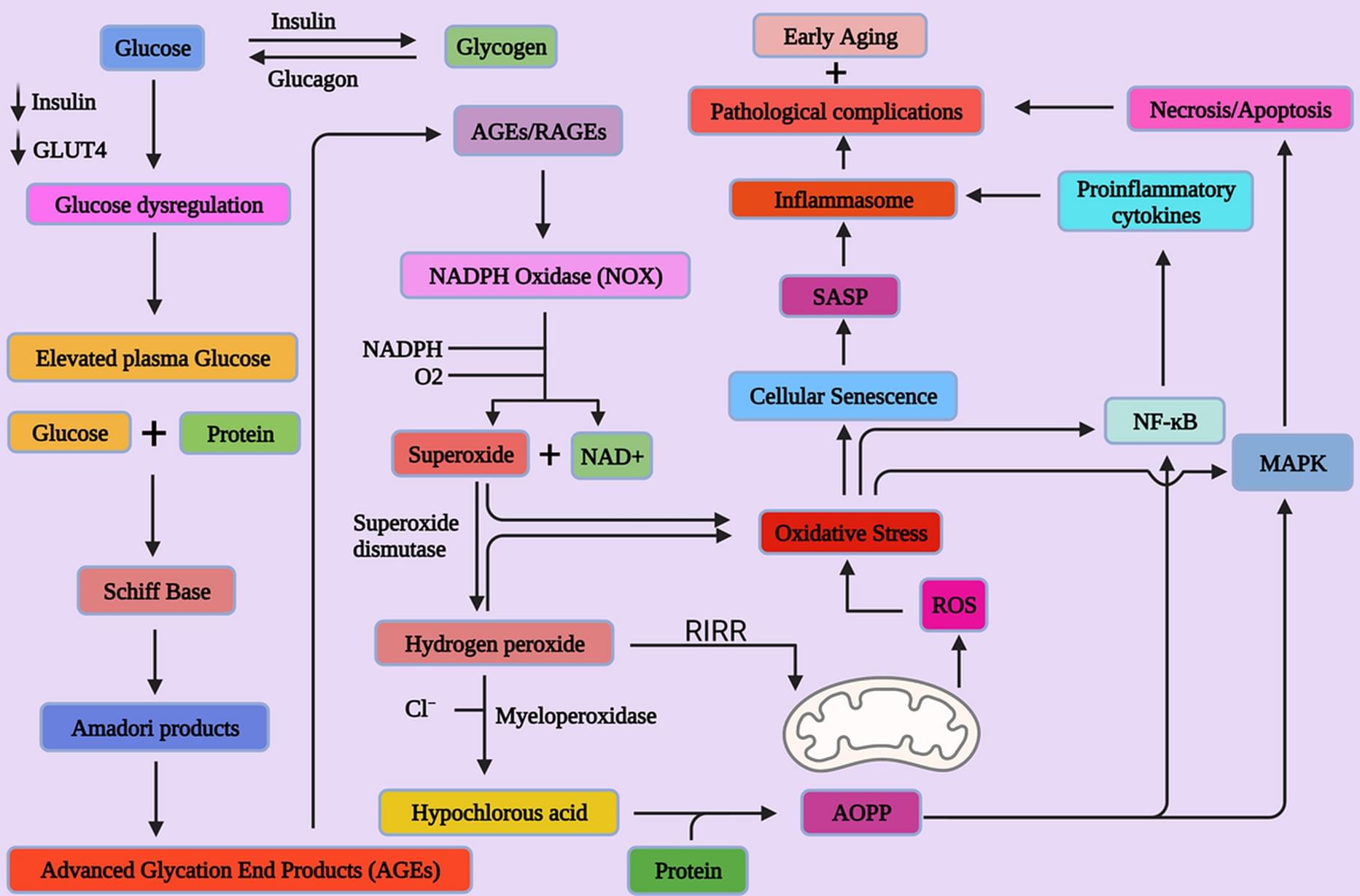
Geroprotectors, a class of compounds that ameliorate molecular, cellular, or physiological aging-related alterations, have garnered significant attention in the quest to promote healthy aging and extend the human health span. Among these, Calorie Restriction Mimetics (CRMs) have emerged as promising candidates due to their potential to mimic the benefits of calorie restriction, a dietary approach involving reduced calorie intake without malnutrition. Prospective CRMs may include biguanides (metformin and aminoguanidine), which exert effects on the insulin signaling pathway; rapamycin, which interacts with mTOR signaling pathways; and stilbenes (resveratrol), which influences stress signaling pathways and promotes the activation of AMPK, impacting mitochondrial metabolism in addition to the activity of FOXO and sirtuin.
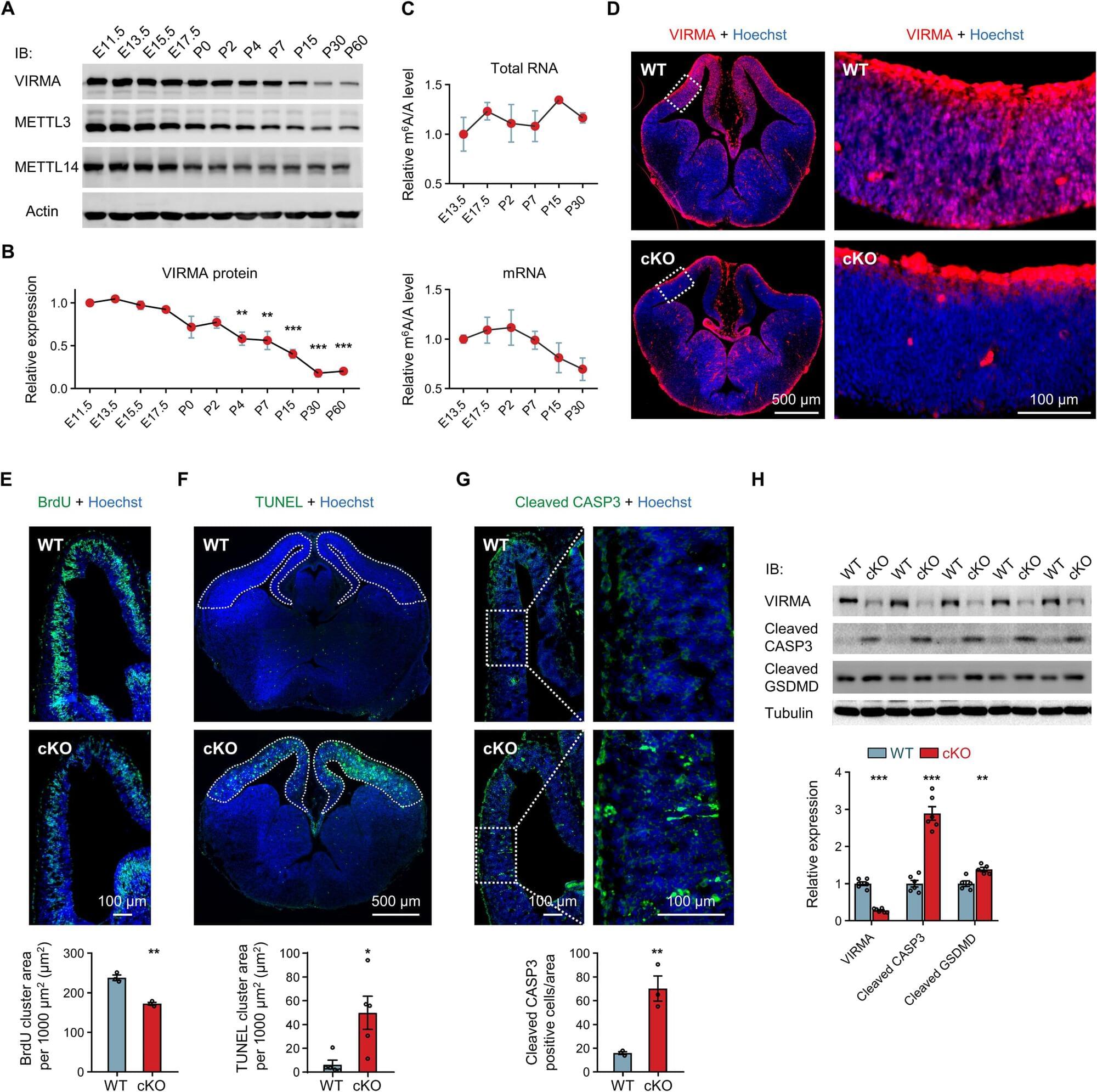
Ribosomes are tiny molecular machines inside all living cells that build proteins, and ribosome biogenesis is the complex, multi-step process by which they are made. During brain development, neural stem cell proliferation relies on active ribosome biogenesis to meet high protein demand. This process involves the concerted action of numerous ribosomal RNA processing factors and assembly proteins. Studies have shown that precise regulation of ribosome biogenesis is essential for normal brain development and tumor prevention.
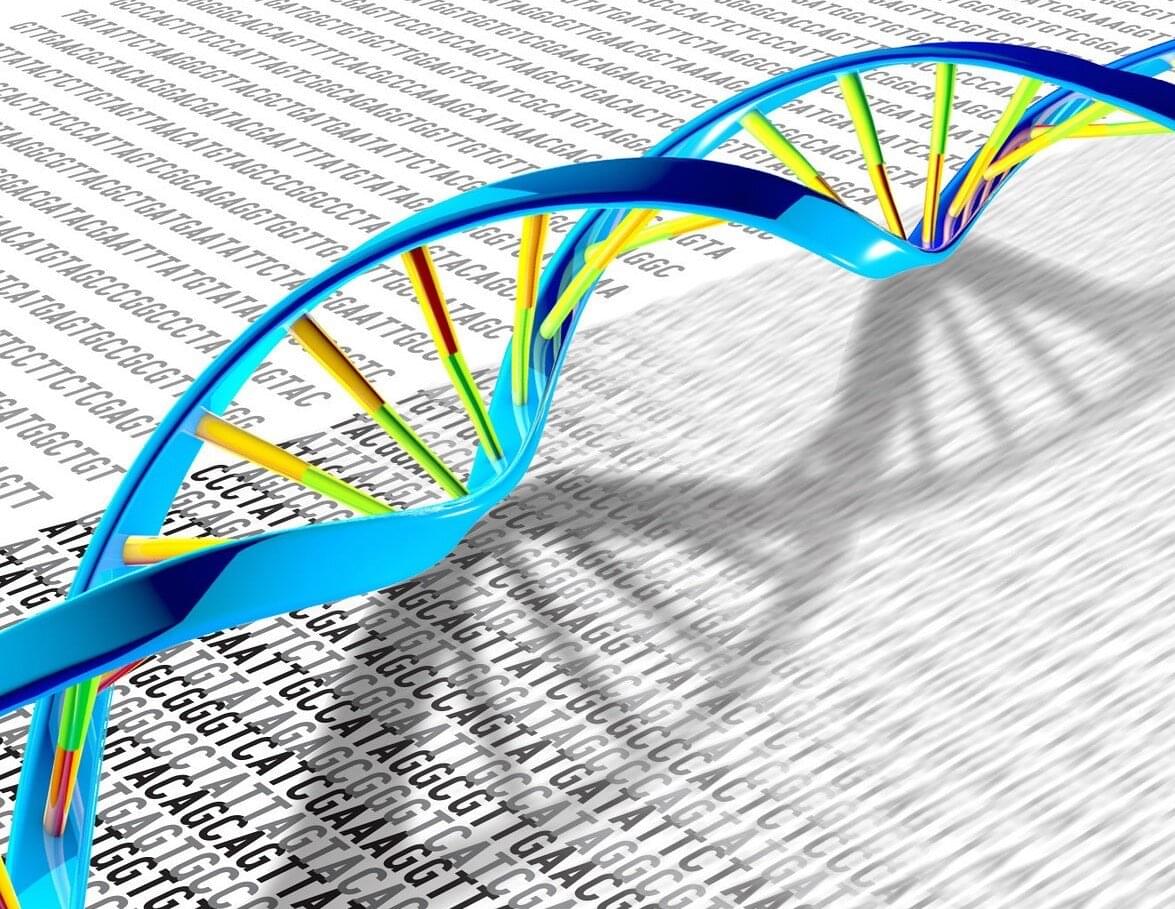
A new gene therapy delivery device could let hospital pharmacies make personalized nanomedicines to order. This democratized approach to precision medicine, as published in Frontiers in Science, could revolutionize how hospitals treat rare diseases, even in low-resource settings.
Rare diseases affect millions worldwide, yet the one-size-fits-all model of drug development leaves patients with few treatment options. Now a European research project called NANOSPRESSO aims to tip the balance in patients’ favor by boosting access to low-cost bespoke gene and RNA therapies.
The prototype NANOSPRESSO device combines two proven technologies— nucleic acid therapeutics and lipid nanoparticles—into a portable manufacturing unit. Hospital pharmacists could use the unit to prepare sterile, injectable nanomedicines tailored to the specific genetic abnormality causing the patient’s condition, bypassing the need for centralized drug production.